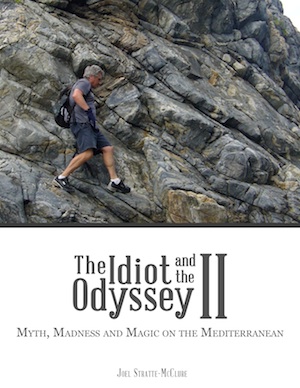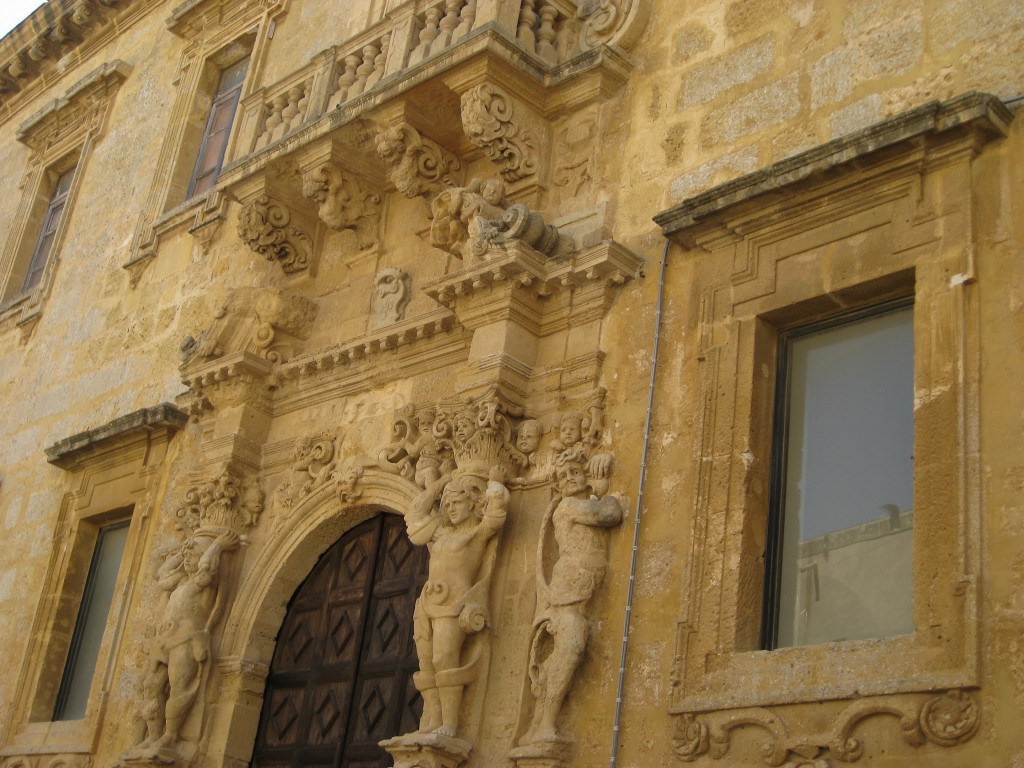The first place I went when I MedTrekked into Mazara del Vallo, a seaside town in northwestern Sicily that has a delightfully laidback North African feel about it, was to the two-room Museo del Satiro in the former Sant’Egidio church. I wanted to get an intimate photograph of the alabaster eyes of the dashing “Dancing Satyr” that is the highlight of the museum.
The alluring 2,400-year-old seven-foot high bronze statue, which gets its name from its flowing locks and flapping goat ears (it’s missing arms and a leg), was found by local fishermen in the Mediterranean Sea in March 1998 at a depth of 480 meters. Some experts believe it could be the work of Praxiteles, the hottest Attic sculptor in the 4th BC.
Little did I know that the “Dancing Satyr” has more physical security than the “Mona Lisa.” There were six, yes six, humorless guards patrolling the tiny museum and throughout my half-hour visit, and I was the only visitor, one stuck to me like a mollusk to a bronze statue at the bottom of the Sicilian Canal.
There were also twelve signs indicating that photographs weren’t permitted and security cameras in every corner, cranny and nook. I politely asked about getting permission to take a photo of the statue’s alabaster eyes and was told to contact the “Sopraintentenza di Trapani,” though I’d hoped my request would simply encourage the guards to let me take a quick snap before I MedTrekked out of town.
No such luck. After an animated chat with the somber security officials about my ongoing walking adventure, and a few more pleasant minutes in the captivating presence of the seductive “Dancing Satyr,” I left the museum and took the above photo of these static dancers adorning the doorway across the street.
Then I headed south on the Lungomare Mazinni on a sunny, sirocco-windy day and continued down the seaside for thirty-three easy beach-walking kilometers until I arrived at the backdoor (no ticket office here!) of the expansive ruins at Selinunte, which was founded in the 7th century BC long before the creation of “Dancing Satyr.”
I took another photograph of a temple dedicated to Hera, which admittedly was reconstructed in 1957, before spending an hour wandering aimlessly amidst the stoned ruins. I was in such a good mood at the end of the day that I did a little dancing satyr jig on the sand. No photo of that either.
And here’s a link to a photo of the Dancing Satyr: http://4.bp.blogspot.com/_VKa0YFmDwAg/SKjx9xPGbRI/AAAAAAAAAag/m_8hSyM54Z4/s1600-h/Picture+2.png
Text and Photos (except the Dancing Satyr): Joel Stratte-McClure






 Follow
Follow
4 Responses to A Dancing Satyr Prompted These Photographs